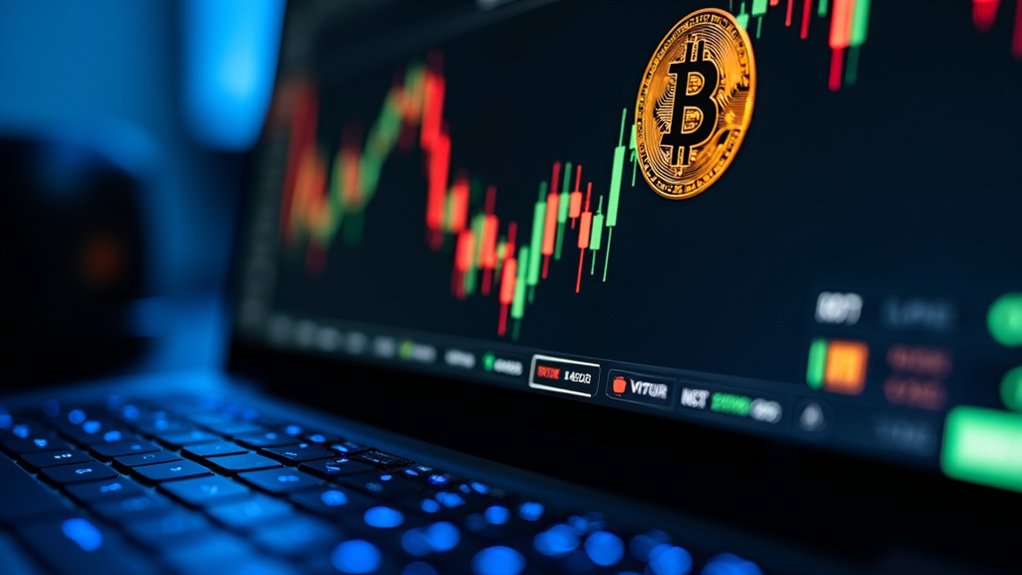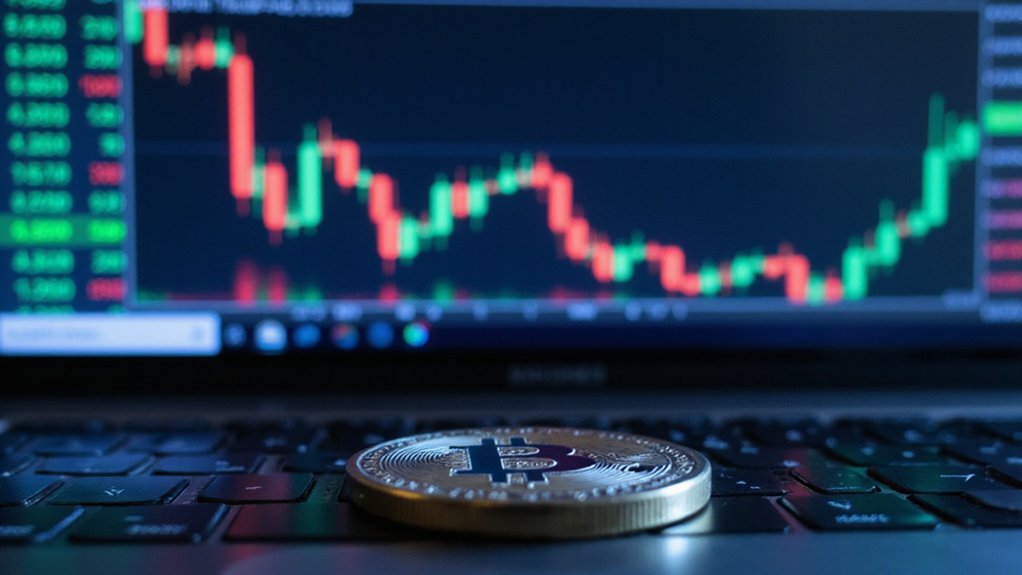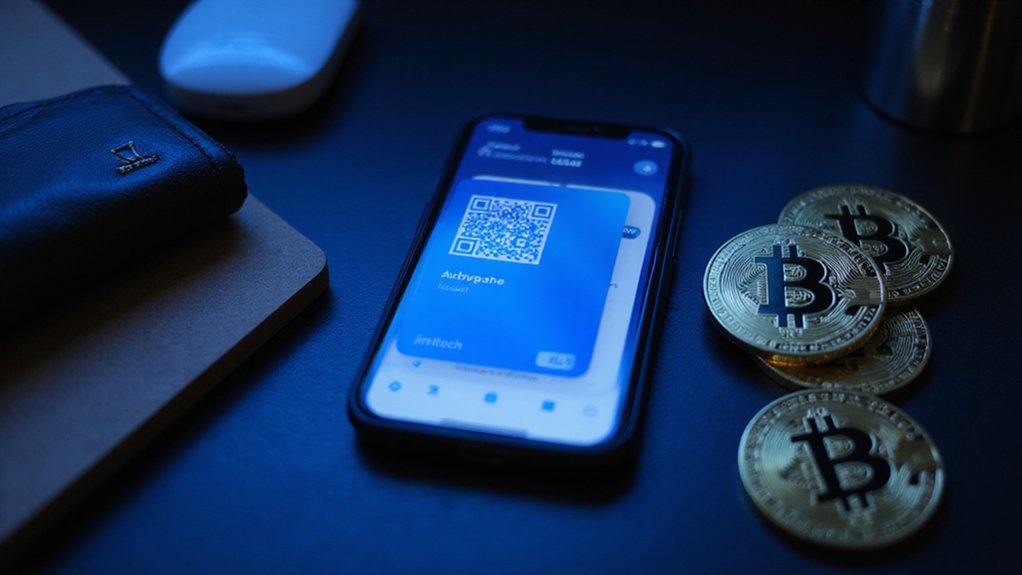Bitcoin’s primary ticker symbol is BTC, which has achieved near-universal adoption across global cryptocurrency exchanges and trading platforms. While an alternative designation—XBT—exists in certain professional environments (particularly those adhering to ISO 4217 standards for currency codes), BTC remains the dominant symbol recognized by retail investors, institutional traders, and market data providers alike. This three-letter abbreviation appears in trading pairs (BTCUSD), futures contracts, and mainstream financial tickers—a deceptively simple standardization that underpins the entire cryptocurrency market’s functionality.

In the labyrinthine world of cryptocurrency trading, few symbols carry the weight and recognition of Bitcoin’s standard ticker: BTC.
This three-letter designation serves as the universal shorthand for the pioneering cryptocurrency that transformed digital finance—a linguistic convenience that belies the complexity of the asset it represents.
The BTC ticker symbol emerged early in Bitcoin’s developmental trajectory and has since achieved near-complete standardization across global cryptocurrency exchanges.
Rapidly adopted across global exchanges, BTC stands as cryptocurrency’s most universally recognized market symbol.
While alternative designations exist—XBT appears occasionally in professional trading environments and futures markets—BTC maintains primacy in virtually all retail trading contexts.
The symbol’s ubiquity facilitates seamless market analysis, data aggregation, and cross-platform liquidity that would otherwise prove challenging in the fractured cryptocurrency ecosystem.
When paired with fiat currencies, Bitcoin’s ticker expands to denote specific trading pairs; BTCUSD represents Bitcoin traded against the US dollar, the most common pairing in contemporary markets.
This standardization extends beyond simple spot trading, though nuances emerge in specialized products.
Futures contracts and margin trading accounts often incorporate additional alphanumeric elements—FI_BTCUSD, for instance, might designate a specific Bitcoin futures instrument.
The consistency of Bitcoin’s ticker across major platforms like Coinbase, Robinhood, and Gemini contributes greatly to market efficiency.
This uniformity allows traders to track performance metrics without confronting the translation difficulties that would arise from disparate symbolization.
Yet exchanges occasionally implement proprietary variations, particularly for derivative products or specialized trading instruments.
The alternative ticker XBT was specifically designed to conform to the ISO 4217 standard for currency codes, following the pattern used for supranational currencies like gold (XAU) and silver (XAG).
Bitcoin’s ticker symbol, in its deceptive simplicity, has become emblematic of cryptocurrency’s broader normalization within financial markets.
What began as an obscure designation for an experimental digital asset has evolved into a recognized symbol in the global financial lexicon, appearing regularly in mainstream market tickers alongside century-old blue-chip stocks.
In this transformation from curiosity to financial mainstay, BTC’s standardization represents cryptocurrency’s gradual absorption into conventional financial infrastructure.
Frequently Asked Questions
How Is Bitcoin’s Price Determined in the Market?
Bitcoin’s price emerges from an intricate dance of supply-demand mechanics operating across global exchanges.
This decentralized price discovery reflects fixed scarcity principles (the 21-million cap) counterbalanced against market liquidity factors—trading volumes, order book depth, and arbitrage activities.
Macroeconomic forces (dollar strength, inflation concerns) and technical mechanics (derivatives markets, whale movements) further influence valuations.
The result? A perpetually fluctuating price determined by this complex ecosystem, rather than any central authority or traditional valuation mechanism.
Can I Buy a Fraction of a Bitcoin?
*Named after Bitcoin’s pseudonymous creator, representing one hundred millionth of a single Bitcoin.
Why Does Bitcoin’s Value Fluctuate so Dramatically?
¹As previously discussed, fractional Bitcoin purchases remain possible, which somewhat democratizes participation amid these volatility cycles.
Where Can I Safely Store Bitcoin After Purchasing?
Bitcoin purchasers have several secure storage options, each with its trade-offs.
Hardware wallets (Ledger, Trezor) represent the gold standard—keeping private keys offline in what’s basically cold storage with a user interface.
For the security-conscious who can’t justify a $100 device for their modest holdings, reputable software wallets with enabled 2FA offer a reasonable compromise.
Exchanges, while convenient, should never be mistaken for long-term solutions—not your keys, not your coins, as veterans grimly remind newcomers.
How Are Bitcoin Transactions Verified and Processed?
Bitcoin transactions undergo a multi-layered verification process.
After a sender creates and digitally signs a transaction with their private key, miners verify both the signature’s validity and that sufficient funds exist.
Transactions passing these checks enter the mempool, where miners bundle them into blocks through Proof of Work computations.
Once a miner solves the cryptographic puzzle, the block joins the blockchain, with each subsequent block adding another confirmation—generally, six confirmations render a transaction effectively irreversible.









